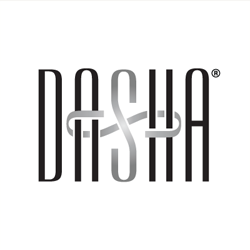Shockwave Therapy. It’s not the most inviting phrase. And because of the word “shock,” some tendonitis and plantar fasciitis patients at DASHA® mistakenly believe the treatment involves some sort of electric shock. Nothing could be further from the truth. It’s time to clear up some of the misconceptions and explain the controlled sonic pulses used in this alternative orthopedic treatment.
Shockwave therapy is a relative newcomer to the world of connective tissue treatment therapies. The first time the biological effects of sound waves on living tissue were brought to light was during World War II, when doctors found that underwater depth charges were responsible for lung damage in some rescued castaways. In this case, the sound waves were powerful enough to injure tissue—but the research that ensued led to the focused, therapeutic use of sound waves to treat and heal living tissue.
Lithotripsy is the earliest example of shockwave therapy. Some people have heard of the standard kidney stone therapy—though few realize that the kidney stones are broken up by sound waves.
In the 1990’s, medical practitioners began applying the same technology to the treatment of tendon-related conditions.
So what exactly is clinical shockwave therapy?
It is, simply, the creation of a sonic pulse—a little like a jet exploding past the speed of sound and creating a sonic boom—but on a “micro” scale. Why a sonic pulse heals tendons is something of a medical mystery. It is believed that the shockwaves result in a kind of micro-trauma to the abnormal connective tissue. The consequent inflammation may induce a heightened healing response at the site.
What conditions is shockwave therapy used to treat?
DASHA® “independent client providers” commonly treat a wide variety of conditions with this approach including Plantar fasciitis (heel spurs), shoulder tendinitis, patellar tendinitis (jumper’s knee), lateral epicondylitis (tennis elbow), medial epicondylitis (golfer’s elbow).
Does it really work?
Numerous studies show that shockwave therapy is indeed an effective treatment for these conditions. What is more, none of the studies undertaken on shockwave therapy has shown any side effects.
What can I expect from shockwave treatment?
DASHA® “independent client providers” will place the probe on the injured area and delivers the sonic waves for ten to 20 minutes. Some patients report mild discomfort during the treatment, but all patients are able to perform normal activities in between sessions.

